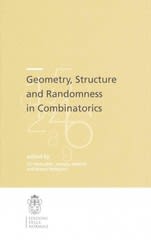Question
In the statistiec , My research quesiton is based on the COVID-19 the how develop small business, these three quesiton can be change if we


In the statistiec , My research quesiton is based on the COVID-19 the how develop small business, these three quesiton can be change if we cannot find the data resource, the whole answer should be based on quantative analysis.
1. Does the grocery store have the required investment to go online?
2. What strategy to use to deliver the grocery orders? (Are they partnering with a courier company or will being delivering themselves?)
3. Does have a market that would consider online shopping rather than the traditional shopping?
Please teach me how to answer these questions below: the picture is a material from book
1.Clearly identify the variables of your study as stated in your research question(s) and provide an operational definition for each variable.
2.Indicate how data for each one of these variables will be collected (including source of data, available range, and so forth)
3.If applicable, indicate the independent and dependent variables and identify any covariates.
4.Determine types and level of measurement of all variables (categorical or quantitative). For categorical variables specify the number of categories.
5.Based on your reading and using the Table of Statistical Tests in Chapter 2, determine the most appropriate statistical test for your research questions, (i.e., degree of relationship, group differences, prediction of group membership, or structure.)
6.Identify the appropriate statistical test(s) for your research question(s). Please note that this process will be refined further when you begin defining specific hypotheses for each research question.



Step by Step Solution
There are 3 Steps involved in it
Step: 1

Get Instant Access to Expert-Tailored Solutions
See step-by-step solutions with expert insights and AI powered tools for academic success
Step: 2

Step: 3

Ace Your Homework with AI
Get the answers you need in no time with our AI-driven, step-by-step assistance
Get Started


